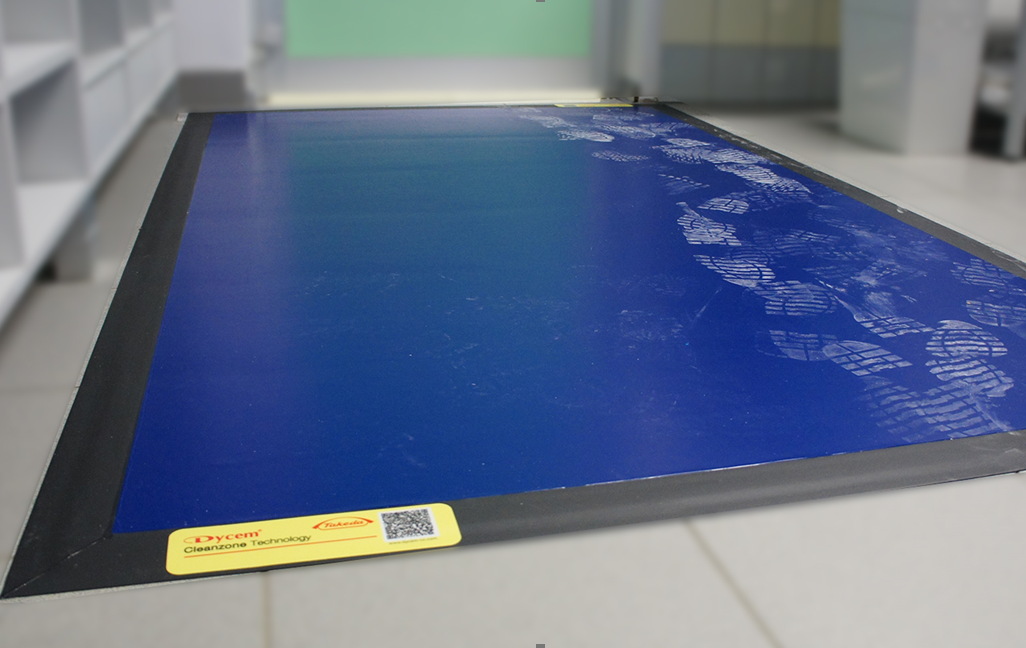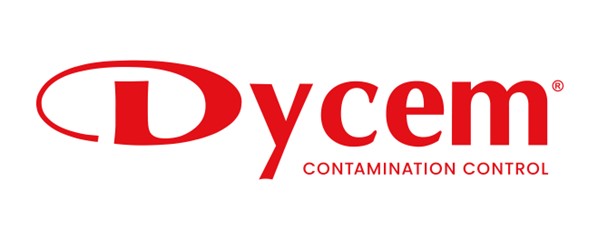Presently, the impact of contamination control at floor level is somewhat a ‘relegated’ entity and the influence of risk it poses to a climate versus other surfaces around them is not represented in an equal measure of importance. However, the floor itself remains the largest and therefore the most transferable surface for viable and non-viable risk in any pharmaceutical, hospital, food, or other controlled settings. With the risk of pathogenic transfer highly documented of late, 80% of all particulates enter an environment via the floor & this risk can have direct implications for efficacy, performance, and sustainability of services, ultimately affecting running costs and product yields.
This webinar wants to dissect the above through a series of visual explanations, including the threats that floor contamination can pose. We will be exploring cases in which a more dedicated focus on contamination control at floor level, has resulted in simple, sustainable, and efficient long-term benefits, and avoided several potential threats down the line.
The audience will be able to visualise similar threats and potential improvement concepts for their own needs. They will be able to evaluate how important the ‘invisible’ threat of pedestrian and wheel contamination is, depending on their ‘layers of control’, and envisage a customised solution that can help them prevent the risk of microbial contamination within their place of work.
Register now to find out how to take a more intuitive approach to the impact of floor contamination. If companies can better apply practices to improve the reduction of viable risk at its largest source, they can reduce costs over time, improve product yield, lower rejection of goods, lessen health and safety issues, and much more.
Key Learning Objectives:
- The risks that feet and wheel-borne contamination can pose to your controlled environment.
- How to avoid potential threats from contamination, through a customised floor-based contamination control solution.



